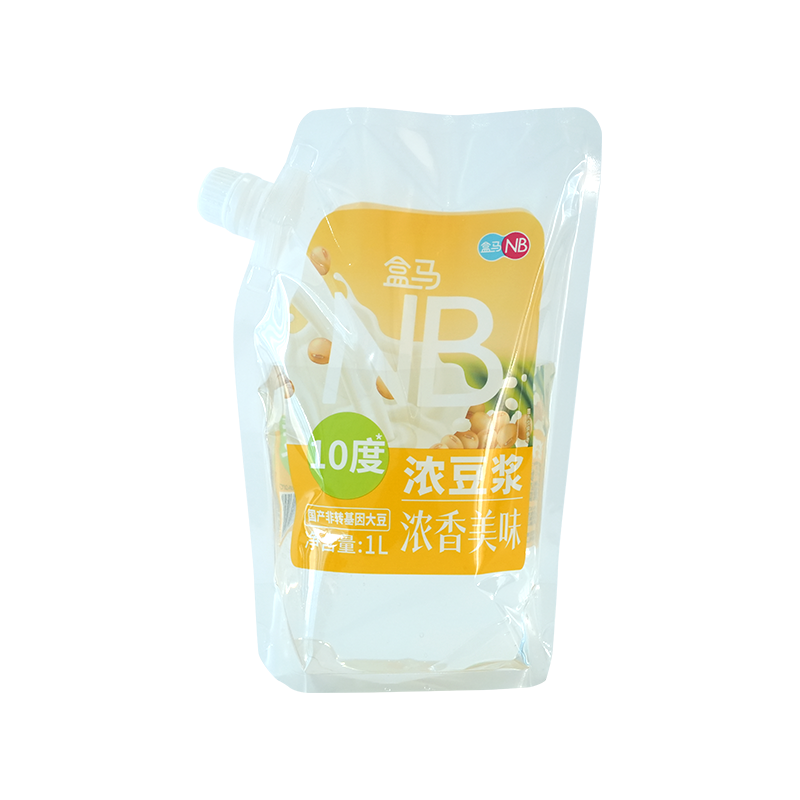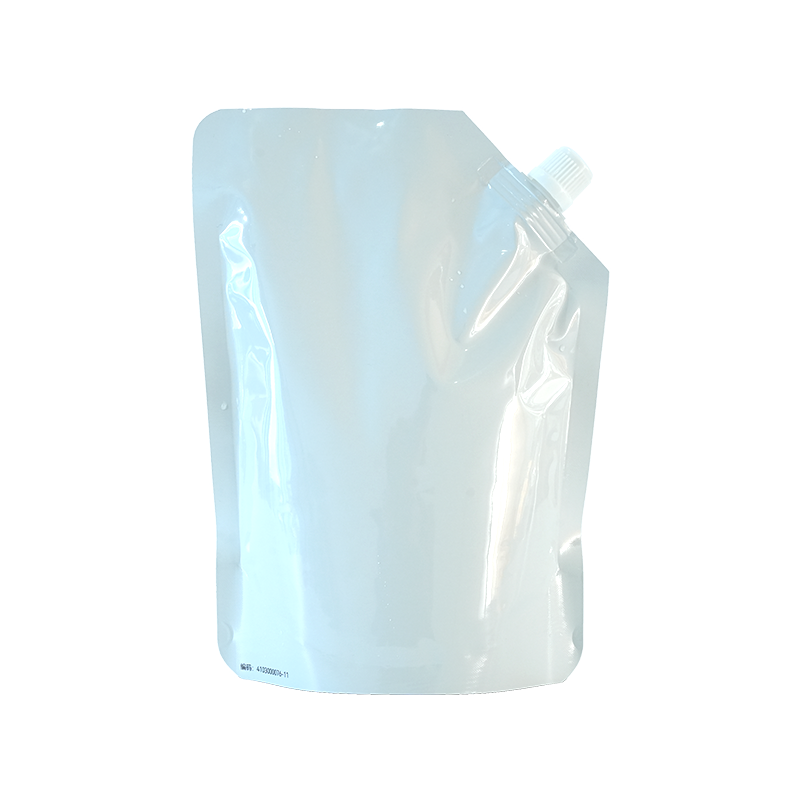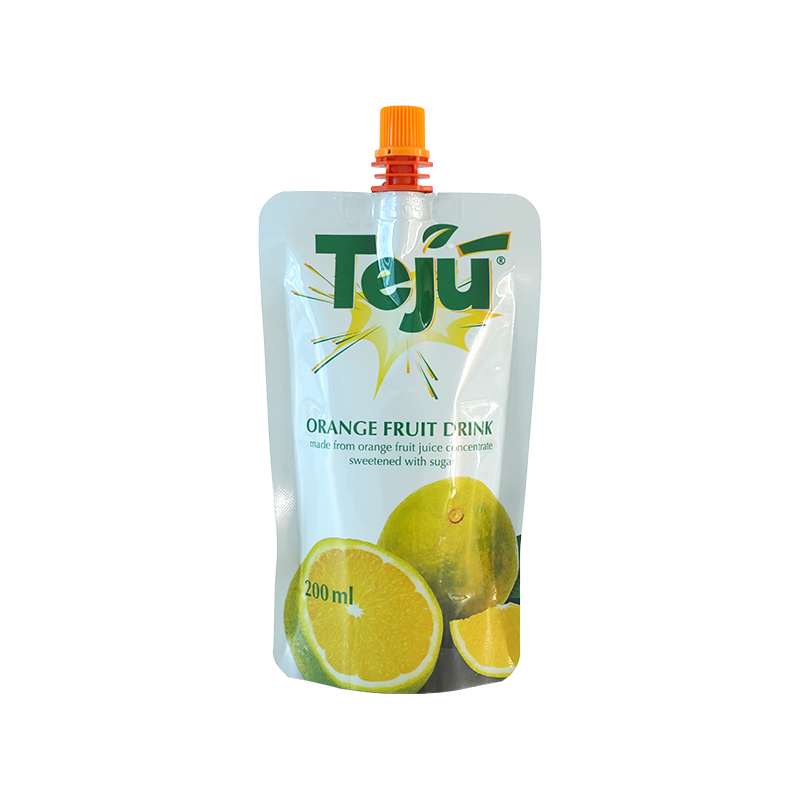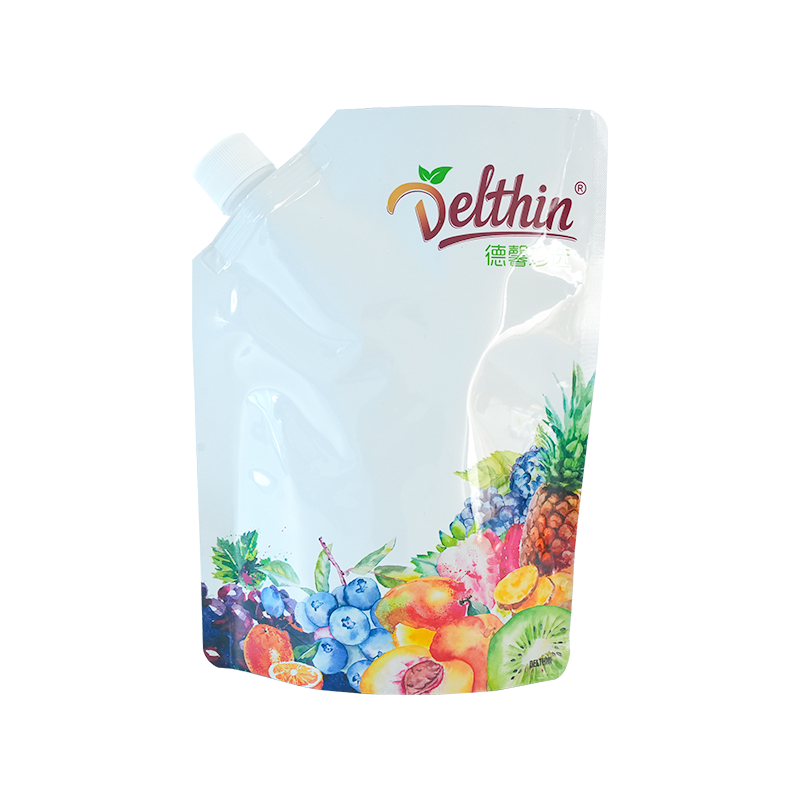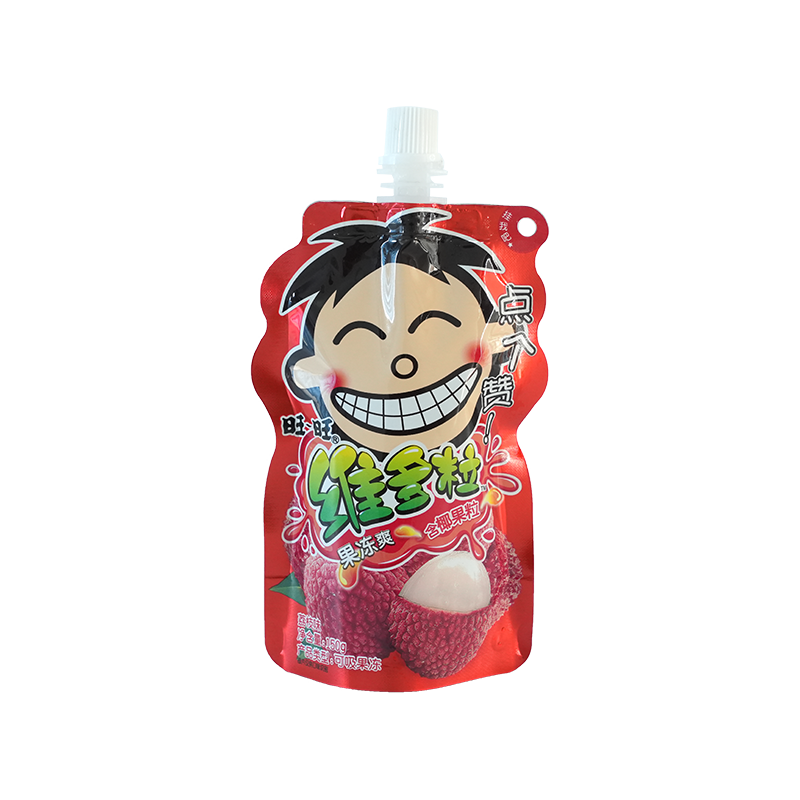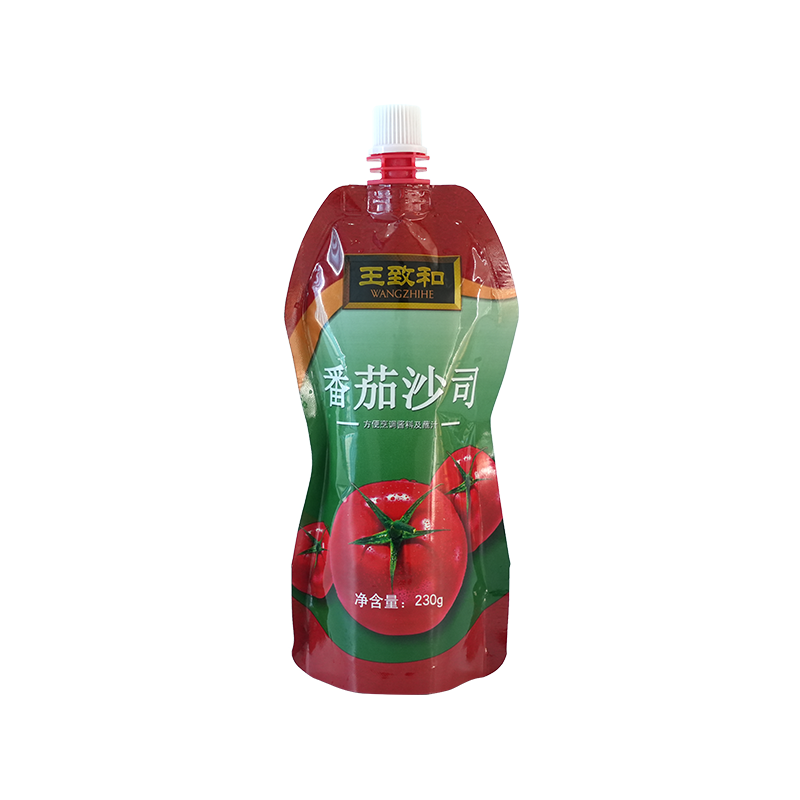Composite packaging film is a critical component in modern packaging solutions, particularly for industries requiring extended shelf life and robust barrier protection. By combining multiple layers of different materials, it offers superior performance compared to single-layer films.
The structure and composition of composite packaging film
Composite packaging film is typically constructed using multiple layers, each serving a specific purpose. The most common configurations include:
- Outer layer: Provides mechanical strength, printability, and resistance to abrasion.
- Barrier layer: Blocks oxygen, moisture, light, or other external factors that degrade product quality.
- Sealing layer: Ensures airtight packaging and heat-sealing capability.
These layers are bonded through processes like lamination or co-extrusion, creating a film with tailored properties. The choice of materials—such as polyethylene (PE), polypropylene (PP), polyester (PET), aluminum foil, or ethylene vinyl alcohol (EVOH)—depends on the required barrier performance.
Key takeaway: The multilayer structure allows composite packaging film to combine the strengths of different materials, enhancing protection and durability.
Barrier properties and their role in shelf life extension
The primary function of composite packaging film is to prevent external factors from compromising product quality. The most critical barrier properties include:
| Barrier type | Function | Common materials used |
|---|---|---|
| Oxygen barrier | Prevents oxidation, preserving freshness | EVOH, aluminum foil, PVDC |
| Moisture barrier | Reduces humidity exposure, preventing spoilage | PE, PP, metallized films |
| Light barrier | Blocks UV rays, protecting light-sensitive products | Aluminum foil, opaque films |
| Aroma barrier | Retains flavors and prevents odor transfer | PET, nylon, specialized coatings |
By integrating these barriers, composite packaging film significantly extends shelf life, particularly for perishable goods like food, pharmaceuticals, and sensitive chemicals.
Key takeaway: A well-designed barrier system is essential for maintaining product integrity over time.
Mechanisms of shelf life preservation
Composite packaging film preserves shelf life through several mechanisms:
- Oxidation control: Oxygen accelerates spoilage in food and pharmaceuticals. High-barrier films with EVOH or aluminum layers drastically reduce oxygen permeability.
- Moisture regulation: Excessive humidity can lead to microbial growth or texture degradation. Films with strong moisture barriers prevent this while maintaining optimal conditions.
- Microbial protection: While not inherently antimicrobial, composite films minimize contamination risks by sealing out external contaminants.
- Physical protection: The durable outer layer resists punctures and tears, ensuring the product remains intact during transportation and storage.
Key takeaway: The combination of chemical and physical barriers ensures comprehensive protection against spoilage factors.
Applications in different industries
Composite packaging film is widely used across industries where shelf life and barrier protection are critical:
- Food packaging: Extends freshness for snacks, dairy, meat, and ready-to-eat meals.
- Pharmaceuticals: Protects medicines from moisture, oxygen, and light degradation.
- Electronics: Shields sensitive components from static and moisture damage.
- Agricultural products: Preserves seeds and fertilizers by maintaining stable conditions.
Each application requires specific barrier properties, demonstrating the versatility of composite packaging film.
Key takeaway: The adaptability of composite films makes them indispensable in multiple high-demand sectors.
Sustainability considerations
While composite packaging film excels in performance, sustainability remains a growing concern. Innovations include:
- Recyclable multilayer films: New designs use compatible polymers to improve recyclability.
- Biodegradable alternatives: Research is ongoing into bio-based barrier materials.
- Thinner, high-efficiency films: Reducing material use without compromising performance.
Key takeaway: Balancing functionality and environmental impact is a key challenge for future developments.
Composite packaging film plays a vital role in extending product shelf life and providing robust barrier protection. Its multilayer structure, tailored material selection, and advanced manufacturing processes enable it to meet diverse industry needs. As technology advances, further improvements in sustainability and performance will continue to enhance its applications.

